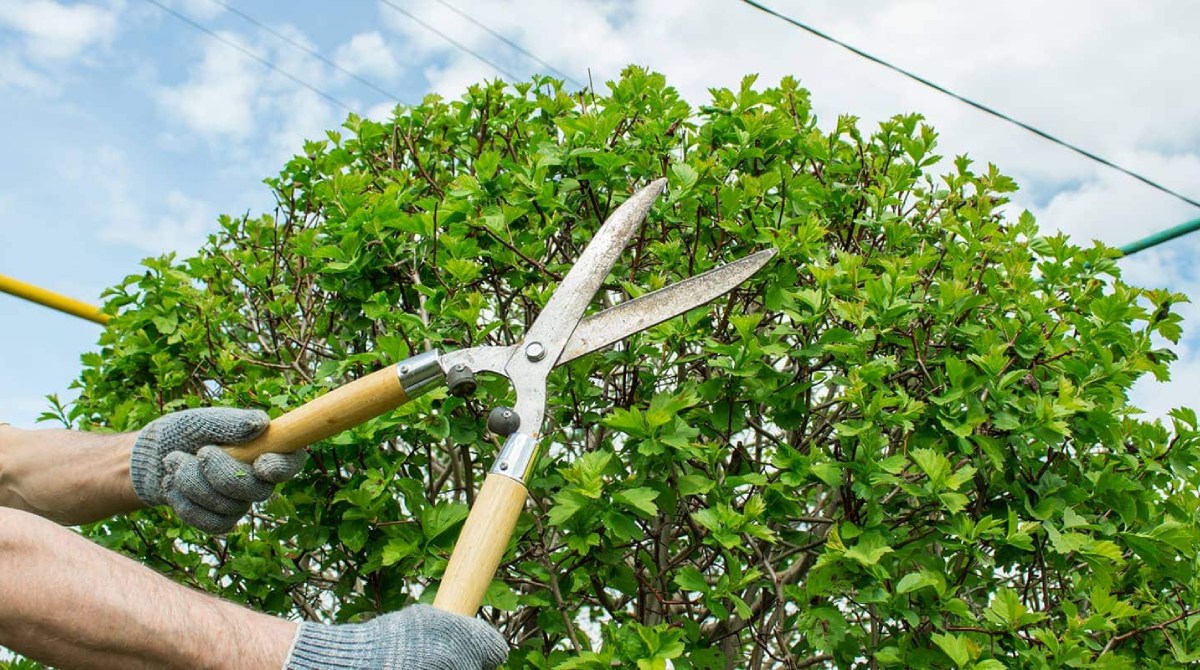If a section of your roof is damaged, it’s important to address the root cause. Otherwise, the damage could recur.
Roof repair is a great option for localized damage that doesn’t compromise your roof’s integrity. However, replacing your roof might be a more cost-effective long-term solution. Consider your roof’s age, condition, and how long you plan to stay in your home before making a decision. Click the Roof Repair Erie PA to learn more.

Shingles serve as a vital barrier between your home and the elements. But shingles don’t last forever, and when they are damaged it can expose the rest of your roof to damage. The more exposed your roof is, the greater the likelihood of moisture infiltration and those dreaded ceiling leaks. Damaged shingles are often the first indication that it’s time to schedule a professional roof inspection. However, with a little bit of know-how, you can tackle common shingle problems yourself.
3-tab asphalt shingles are relatively durable, but they are still susceptible to damage from weather fluctuation, heavy impact, insufficient attic ventilation and general wear and tear. Damaged shingles can compromise the integrity of your roof, and you may notice an increase in your energy bills.
Inspect the entire roof for signs of shingle damage, including brittleness, curled edges, missing granules and cracking. If you see any of these issues, it’s important to address them right away. If left unchecked, these problems can lead to interior damage and water infiltration.
Start your repair process by loosening the adhesive and nails on either side of the damaged shingle with a pry bar. Then, lift the shingle directly above it and remove the loosened nails. Replace the shingle, making sure to use a shingle that is similar in style and color to the surrounding shingles. Nail it into place and seal the edges with a caulking gun.
Once the shingle is in place, you should inspect it for damage to the moisture barrier and flashing. If the shingle is damaged or cracked, you should reseal that area with roof cement to prevent moisture from entering your home.
Look for dark streaks on your shingle as well, which can be caused by moss or algae. These can be difficult to spot, but they should be addressed immediately as they can weaken the shingle and lead to leaking. Regular roof maintenance and frequent professional inspections will help protect your shingles and extend their lifespan.
Flashing
Flashing is a term used to describe a water-proof sealant that’s applied to joints and seams in roofs. It’s usually made of either metal or plastic and is installed to prevent leaks around chimneys, vent pipes, skylights and other points where the roof meets a vertical wall or structure. Without flashing, water can seep into these joints and cause mold, rot and structural damage. Effective flashing protects a home from leaks and extends the life of the roof.
There are several different types of flashing, including step flashing, counter flashing and kickout flashing. Step flashing is placed at the point where a flat roofing material meets a wall and typically incorporates an L-shaped piece of sheet metal that runs up and over the top of the shingles. Counter flashing is a strip of metal that sits below the step flashing and covers it. It’s sometimes referred to as “flashing valleys” because it prevents water from leaking into the valleys between the roof pitches.
Another type of flashing is kickout flashing, which is designed to prevent water from entering the area around a chimney base. It’s often soldered onto existing steps flashing to create a water-tight barrier that can withstand the pressure of water running down the chimney.
When installing new flashing, it’s important to properly measure the area and cut it according to the size of the penetration. It’s also a good idea to dry fit the flashing before attaching it so you can check for any gaps or holes that need to be filled. Also, be sure to use a flashing with a breathable membrane or mesh that promotes airflow and helps prevent moisture buildup and condensation.
Whether your roof is in need of a minor flashing repair or an extensive replacement, a qualified roofer can help you figure out the best solution for your specific needs. You can repair minor flashing damage using flashing tape, which is easy to apply and can be very effective in some situations. If your flashing has sustained extensive rust or corrosion, however, replacing it may be your best option.
Fascia
The fascia is a long wooden board that protects the lower edge of a roof and closes off the attic area, acting as a first line of defense against the elements. The fascia is connected to the roof rafters and serves as a mount for gutters. Clogged gutters, animal damage and other roof problems can affect the integrity of a fascia. A damaged fascia can allow drafts and moisture into the attic and home, which can lead to expensive repairs.
Often, a fascia will show signs of water damage before the gutters or soffits become discolored or rotted. Check for paint peeling, cracks, mold or moss and soft areas of the wood. One general rule of thumb is that if a screwdriver easily penetrates the fascia, the wood is becoming soft and should be replaced.
A damaged or rotting fascia can be repaired by replacing the boards, sealing the ends with caulking and nailing them into the rafters. A drip edge may also be installed along the fascia to help direct rainwater away from the house and prevent leaks and foundation issues.
Fascia can be made of a variety of materials, including wood and aluminum. Generally, it is best to choose wood because it will last longer and be easier to work with. Wood fascia should be painted to keep it from rusting and deteriorating in the sun, wind and rain. A new paint job will also boost curb appeal.
Replacing a fascia board is typically a do-it-yourself project, although if the fascia is extensive or you have limited DIY experience, it is advisable to contact a professional roofing company to ensure safety and proper installation. The cost of replacing a fascia varies depending on the material used and the extent of the damage. A professional will be able to determine the best material for your specific needs and budget.
Sagging
A sagging roofline is not only unsightly, but it also poses a risk to the safety of those inside the home. This could be due to a number of reasons including aging materials losing strength over time, poor construction techniques resulting in uneven loads, or external factors such as heavy snowfall putting stress on the structure. Whatever the cause of a sagging roofline, it should be addressed immediately. This will prevent the sagging from worsening and will save homeowners on potential structural damage as well as roof repair costs.
In many cases, a small amount of sagging is not a cause for concern and does not mean the roof is on the verge of collapse. However, it is always best to consult a professional for a thorough inspection and diagnosis. A qualified roofing contractor will be able to determine the underlying cause of the sagging and offer an effective solution.
Often, roof sagging is caused by excessive weight. Every roof has a specific load capacity and anything that exceeds this is likely to lead to a sagging roof. In cases like this, it may be necessary to remove excess snow or debris from the roof. Prompt removal of snow, especially after a heavy snowfall, is essential to preventing the buildup of extra weight.
There are also instances where the sagging is due to a compromised frame or trusses. In these cases, it may be necessary to install new, stronger wooden joists alongside any damaged ones. This can be done by a professional roofer using a hydraulic jack to safely lift the sagging areas of the roofline and install these beams.
While it is possible to perform a roof sagging repair yourself, this is usually not a good idea. This is because a roofing job requires specialized tools and experience, as well as knowledge of the proper techniques to follow. Attempting this without the proper training and expertise can lead to more damage down the line, as well as costlier repairs.









